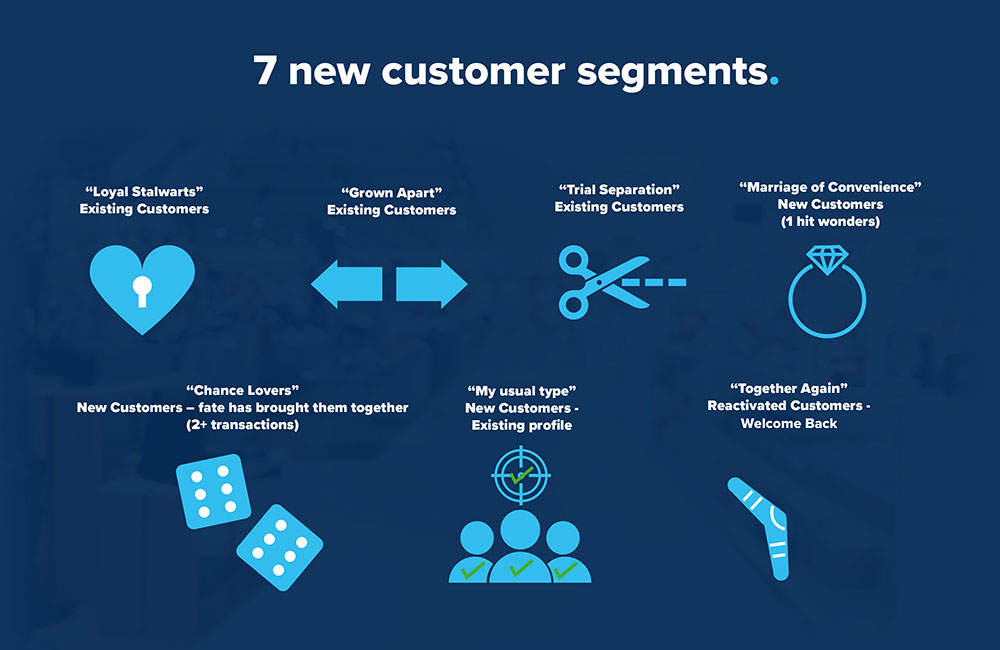
Beth Tait, managing director at Go Inspire Insight, discusses post-pandemic customer behaviours. Here she highlights seven new customer segments and seven key steps for nurturing them.
Change is a fact of life in childrenswear. When your customers go through different life stages from one year to the next, you already understand the need to be agile. That should stand you in good stead in the new normal, where anticipating and adapting to changing customer behaviours will be key.
When schools and nurseries re-opened after lockdown, some sense of normality returned to families’ lifestyles. Even so, the world of retail and ecommerce has changed irrevocably. Financial stresses on family budgets will also affect customer behaviour. Retail businesses of all sizes need to re-examine their customer data, redefine their customer segments, and reimagine how they engage with them.
Seven new shopper segments created by the pandemic
Earlier this year, Go Inspire Insight did a study of five million customers of multichannel companies that temporarily closed their doors during lockdown and went online. The research looked at new and existing customers, their new spending behaviours, and identified seven new clusters of customers. These clusters can help businesses understand the changes in their customer base and plan accordingly.
- ‘Loyal Stalwarts’
High on every retailer’s wish list, these existing customers carried on spending in lockdown and afterwards – altering only their basket mix, not their spend. - ‘Grown Apart’
These existing customers kept on spending but at a reduced level, with some (but not enough) spend migrating online. - ‘Trial Separation’
This segment did not make the switch from store to online and stopped spending. Since they can account for 50% of revenue for many retailers, there’s a strong case for intelligent re-engagement to prevent the split becoming permanent. - ‘Marriage of Convenience’
A potentially distracting segment of new customers who bought during the pandemic but may be one-hit wonders. They might buy again, but the ‘Trial Separation’ segment may offer better prospects. - ‘Chance Lovers’
These new customers are relatively high spenders. It would be worthwhile encouraging them into a loyalty programme so that their profile as a new customer group can be fostered and lookalikes actively recruited. - ‘My Usual Type’
New customers who fit the expected pre-pandemic profile. They can be nurtured as before on the customer journey to high-value, high-loyalty – with the proviso that new learnings may be necessary. - ‘Together Again’
Reactivated lapsed customers who returned in lockdown and could be welcomed back with rewards for incremental spend.
Seven tips for CRM in the new normal
Building from those identified segments, you can start to plan your strategy.
- Do bespoke analysis of your customer base to see how spending and loyalty are changing. Update it regularly.
- Assess which trends are temporary and which are permanent. For instance, whether earlier moves online have continued or fallen back. If your current data does not provide enough insight, look to improve it. For example, through loyalty schemes or other means of capturing customer details and transactions in stores and online.
- Try to understand which customers are permanently lost or just one-hit wonders to target communications on those with more potential.
- Make plans for each (profitable) segment. Build communications to please established customers, entice back lapsed customers, and retain and grow new customers. It’s worth drilling down into detail here. For example, our study showed that during lockdown, emails with editorial content only – such as ideas for activities to do with children outdoors – had high click-through rates and could create a sales spike in products featured. Traditional ‘sales’ emails based on pre-lockdown creative, offers and messages had lower open/click-through rates.
- Develop new media and creative marketing strategies for new segments.
- Develop new KPIs and reporting routines so that you are using metrics relevant to new realities.
- Stay smart and stay agile. We all know there will be challenges ahead. However, smart use of customer data will give you powerful tools for understanding what’s happening and what you can do about it.
Go Inspire Insight’s full report – The Post-Pandemic Profiling Study, Part 1: Early evidence and insight – is available to download here.

Beth Tait, managing director at Go Inspire Insight








